The history of Cilento
The Cilento lands are karstic in nature. Mankind has been present in the caves of these territories since the Middle Paleolithic (500.000 thousand years B.C.). The testimonies of human passage are still tangible, from the mountainous massifs of Grotte di Castelcivita to the Grotte dell'Angelo in the Vallo di Diano.
The first Greeks arrived on Cilento coasts around the seventeenth century BC. In those places, later were founded the colonial cities of Pixunte, Molpa and the ancient Poseidonia (the Roman Paestum), built by the sybarite Achaeans. Subsequently, Lucani, Romans and Christians of the East began conflicts, wars and trade, promoting business and initiating the construction of new cities.
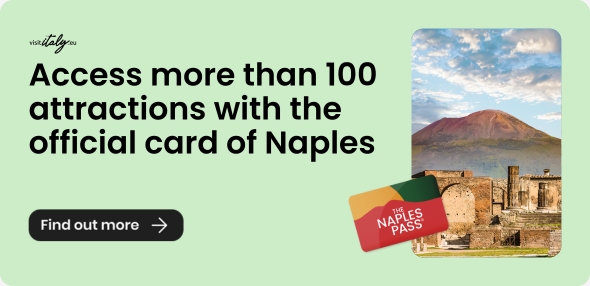
History of the Park
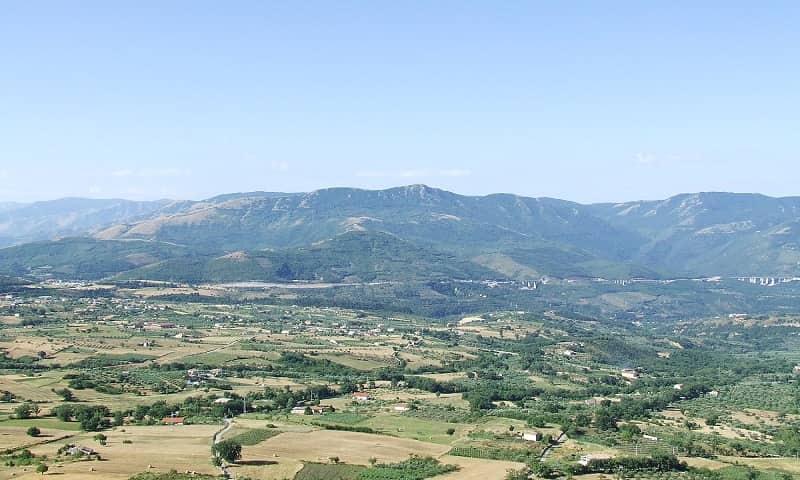
The National Park of Cilento, Vallo di Diano and Alburni was established in 1991, and it extends for 181048 hectares. The park is the second largest in Italy, in fact it runs from the Tyrrhenian coast to the foot of the Campano-Lucano Apennines and includes numerous peaks of the Alburni, Cervati and Gelbison mountains, as well as the coastal spurs of Mount Bulgheria and Mount Stella. In 1997 it became a UNESCO World Heritage Site and was included in the prestigious network of Biosphere Reserves of the UNESCO MAB (Man and Biosphere) Program.
Unesco Sites in Cilento
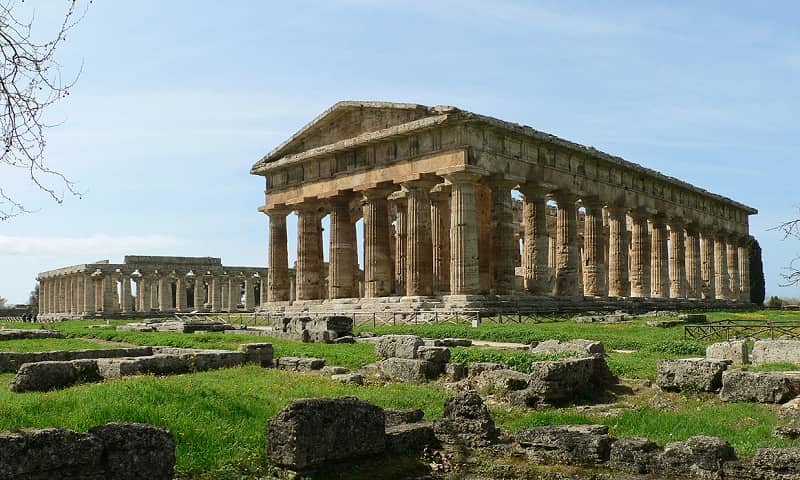
The National Park, a mountainous area furrowed by valleys where rivers flow into the Mar Tirreno, and the Vallo di Diano, a vast and fertile plateau, have been a UNESCO MAB Biosphere Reserve area since 1997. The same area was enrolled in the UNESCO Geoparks network in 2010.
Paestum, the ancient Greek city of Poiseidonia, founded at the end of the VII century B.C. and dedicated to Poseidon, god of the sea, still preserves some exceptional Doric temples. Velia, in Greek Elea, was born in 540 B.C., when an expedition of colonists from Focesi (Turkey), arrived on the Tyrrhenian coast of Lucania and developed a city on a promontory overlooking the sea. In the area of the acropolis are still visible the remains of an Ionic temple, the theater dating back to the third century BC and the Baths Adrianee (second century AD). The Charterhouse of San Lorenzo in Padula, on the Vallo di Diano plateau, is the largest monastic complex in Southern Italy and one of the most interesting in Europe for architectural magnificence and abundance of artistic treasures.Geomorphology of the park
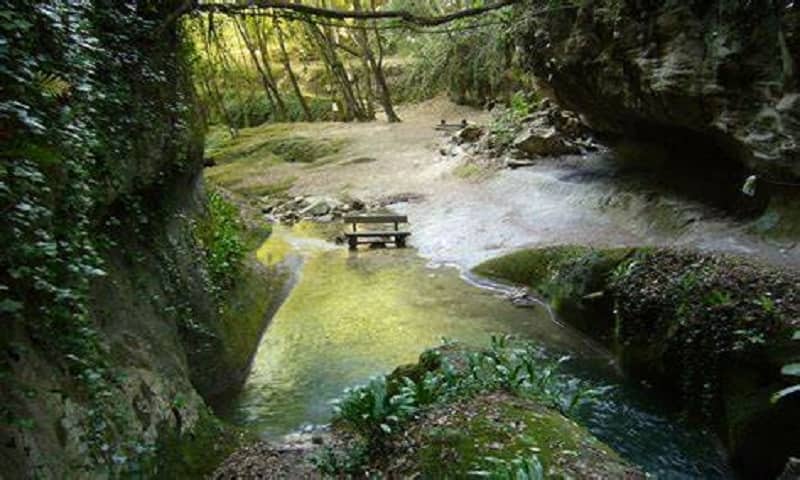
Cilento has two faces: we find both hilly landscapes covered with vegetation (especially olive trees), and rocky and harsh morphologies, with chestnut and holm-oak woods. This is due to the coexistence of two types of rocks: the "Flysch of Cilento", which has its maximum diffusion in correspondence of the hydro-geographic basin of Alento River, and the "calcareous rocks" which constitute the inner (Alburno-Cervati) and southern (Monte Bulgheria, Monte Cocuzzo) mountain complexes of the National Park of Cilento and Vallo di Diano.
Biodiversity: Fauna and Flora
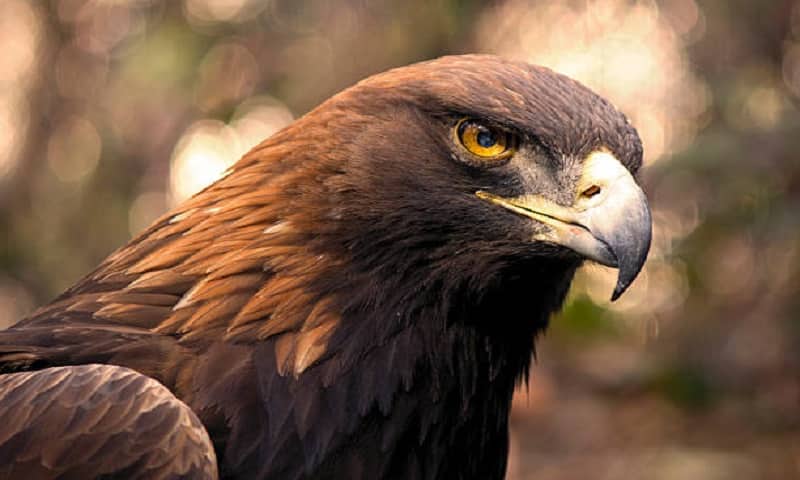
Fauna of Cilento and Vallo di Diano National Park is very varied, considering the large number of environments that can be found. Here is a small list of the animals present in the Park: Golden Eagle (Aquila chrysaetos), Partridge (Alectoris graeca), Italian Hare (Lepus corsicanus), Peregrine Falcon (Falco peregrinus), Lanner (Falco biarmicus), Raven (Corvus corax), Chough (Pyrrhocorax pyrrhocorax), Savi's vole (Microtus savii), Fox (Vulpes vulpes), Marten (Martes martes), Wolf (Canis lupus), Wall Lizard (Podarcis muralis), Luscengola (Chalcides chalcides), Black Woodpecker (Drycopus martius), Nuthatch (Sitta europaea) and Bullfinch (Pyrrhula pyrrhula), Goshawk (Accipiter gentilis), Wild Cat (Felis silvestris), Rosalia alpina beetle, Spectacled Salamander (Salamandrina terdigitata).
In the Park there are about 1800 different species of spontaneous autochthonous plants. The most important among these is the Primula of Palinuro (Primula palinuri), symbol of the Park, paleoendemic species with an extremely localized diffusion. On the beaches it is possible to find the Sea Lily (Pancratium maritimum); on the cliffs there is the Statice salernitana (Limonium remotispiculum). Other present species are the Carnation of the cliffs (Dianthus rupicola) the Centaurea (Centaurea cineraria), the Iberis florida (Iberis semperflorens), the Campanula napoletana.
Museum of the National Park of Cilento Vallo di Diano and Alburni
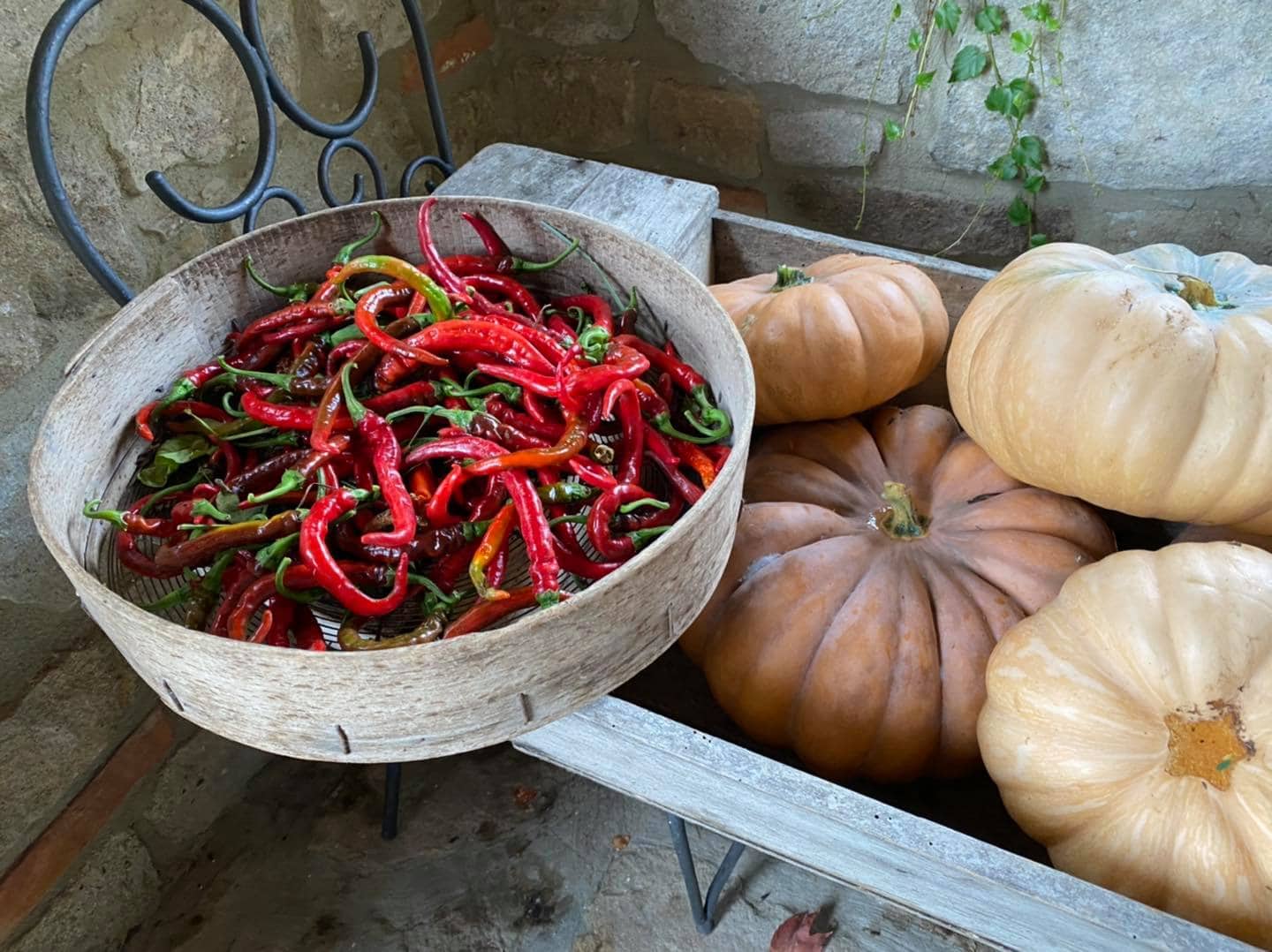
Agriturismo La Petrosa
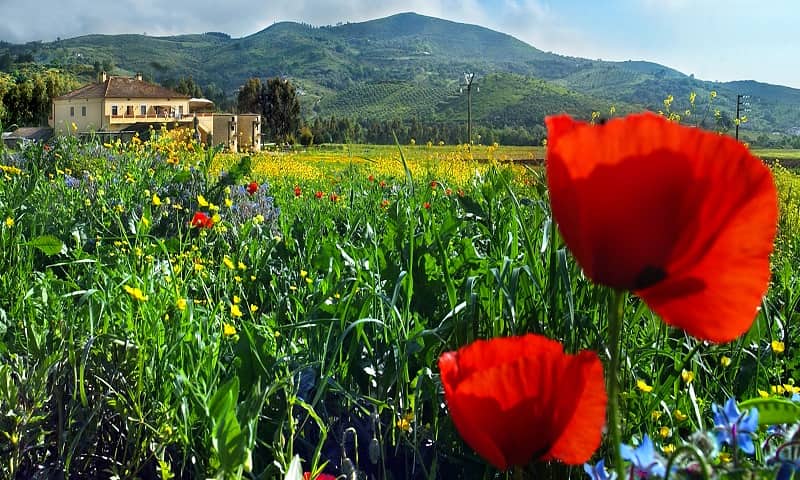
For a pleasant holiday in the Cilento National Park, the ideal place is the La Petrosa farmhouse: this enchanting place is not just an excellent accommodation.
The Petrosa is a wonderful park: a romantic nineteenth-century castle with a nice view, old granaries, camping or holiday houses and a restaurant. Everyone can find the right ingredients for a relaxing and enjoyable stay in the La Petrosa park.
The park is in an excellent position to visit all the area of Cilento: from the Cilento National Park to Paestum, from the Certosa di Padula to Ascea.
A day at the Farmhouse La Petrosa
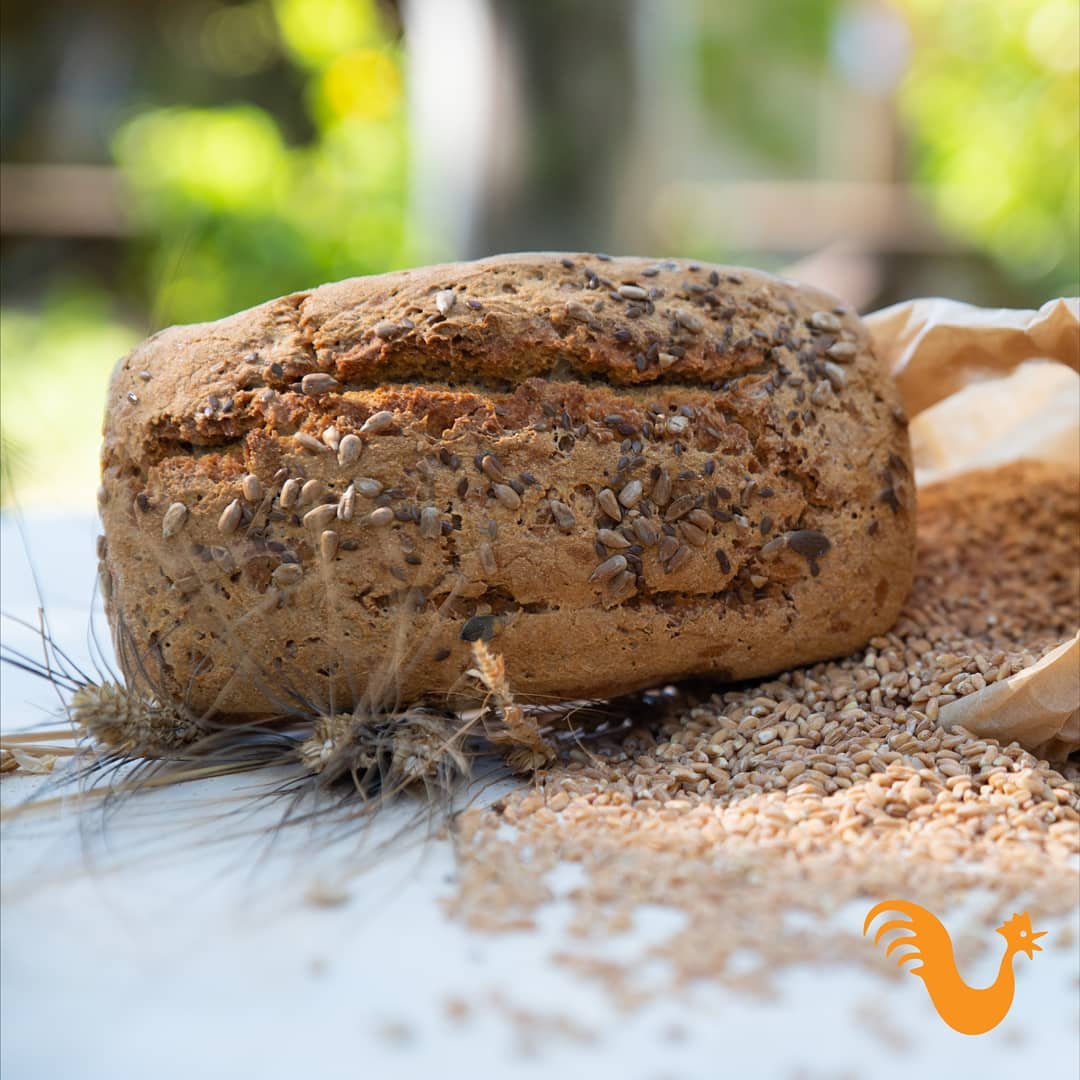
At Petrosa, you can enjoy a variety of experiences: from a workshop on how to make cheese to a cooking class, from grains to oil. These experiences are suitable for everyone: couples, families with young children and even teenagers. For each experience there is a tour of the farm and then specific experiences.
If you like cheese and goats, you can choose a workshop to learn how to make cheese from goat's milk after "meeting" these friendly animals in the barn.
For enthusiasts or those curious about the world of EVO (extra virgin olive oil), there is a workshop to learn about the qualities of oil combined with a guided walk among the olive trees, during which you will also learn how to care for these trees. It is also possible to experience a sensory workshop "with your eyes closed", in which you can learn to recognise quality extra virgin olive oil with an extraordinary sensory analysis.
In this farm it is also possible to learn about the ways of ancient grains and the secrets of bread-making. In the workshop "From the grain to the loaf", you can learn a lot about wheat cultivation, from sowing to milling.
Another possible experience is "Le mani in pasta" (Hands-on): the ancient method of stone milling applied to the production of bread, pasta and biscuits is the heart of the workshop.
There are many different types of experience: from bread and jam tasting to the course on tarts and biscuits made with ancient grains or the course on jams and marmalades.
FOR FURTHER INFO AND PICTURES - CLICK HEREAbout the author
Written on 31/01/2021


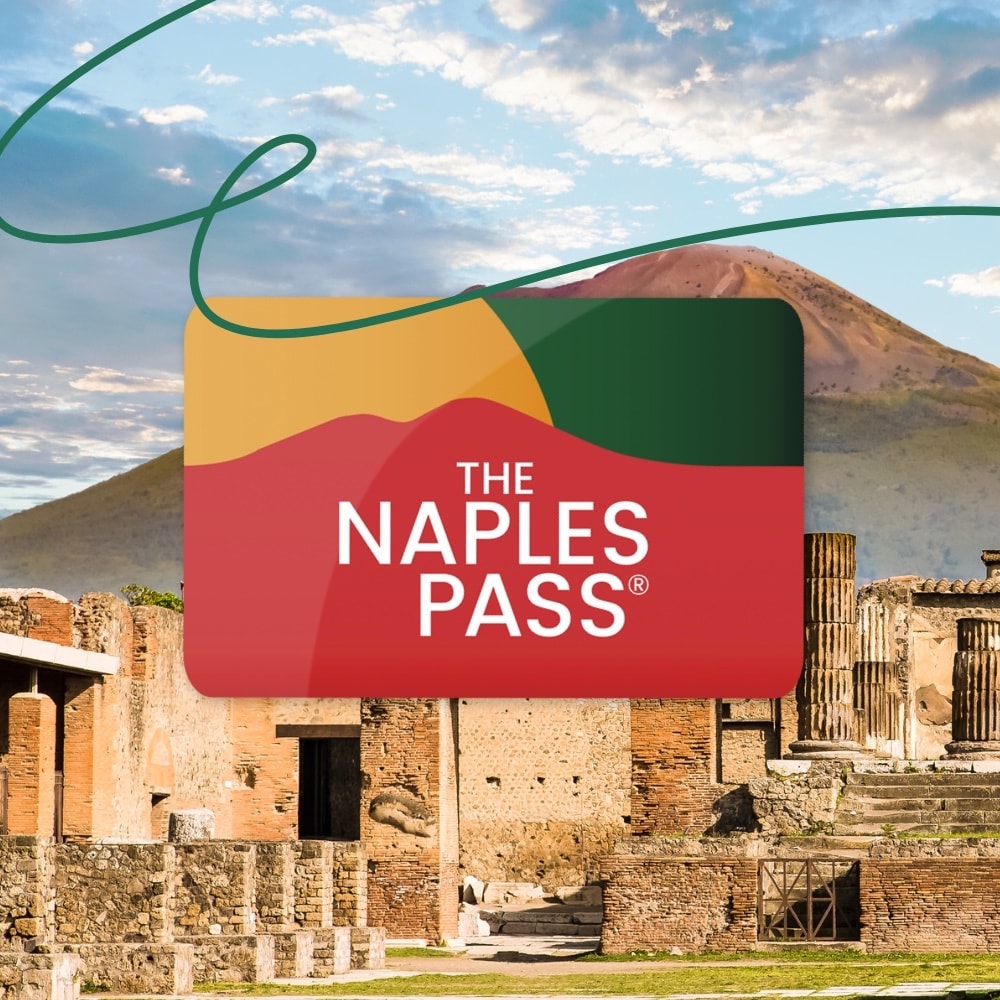
Chiara Spaziano
Focus on the National Park of Cilento and Vallo di Diano, classified as UNESCO MAB Biosphere Reserve since 1997